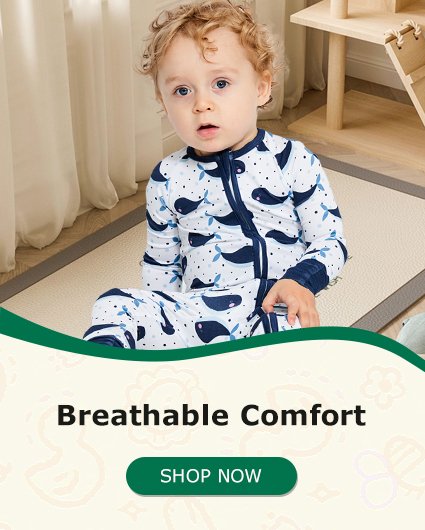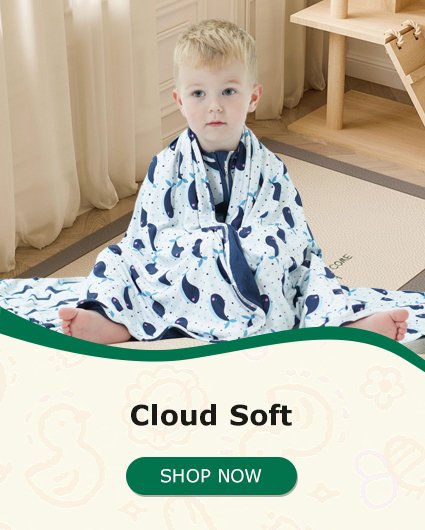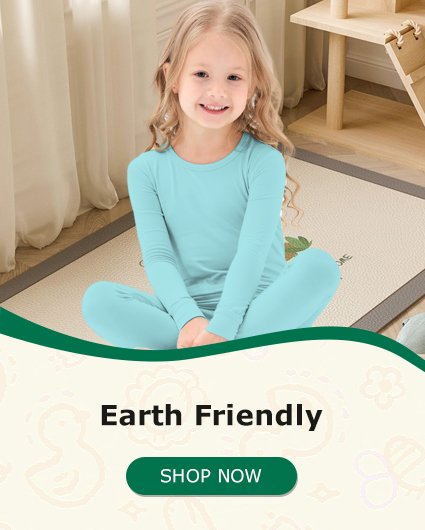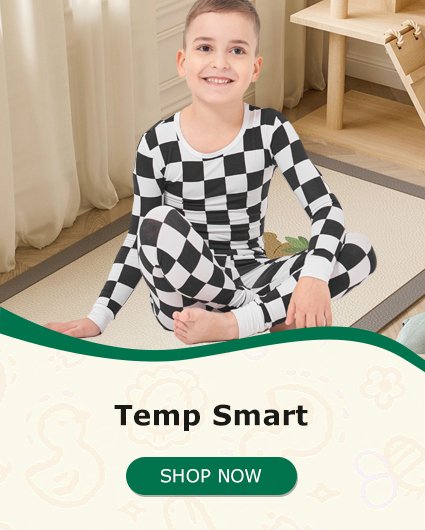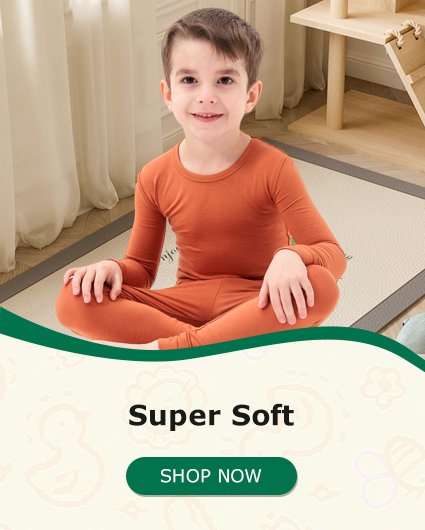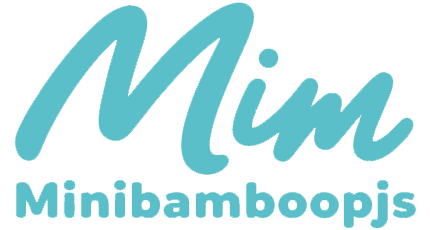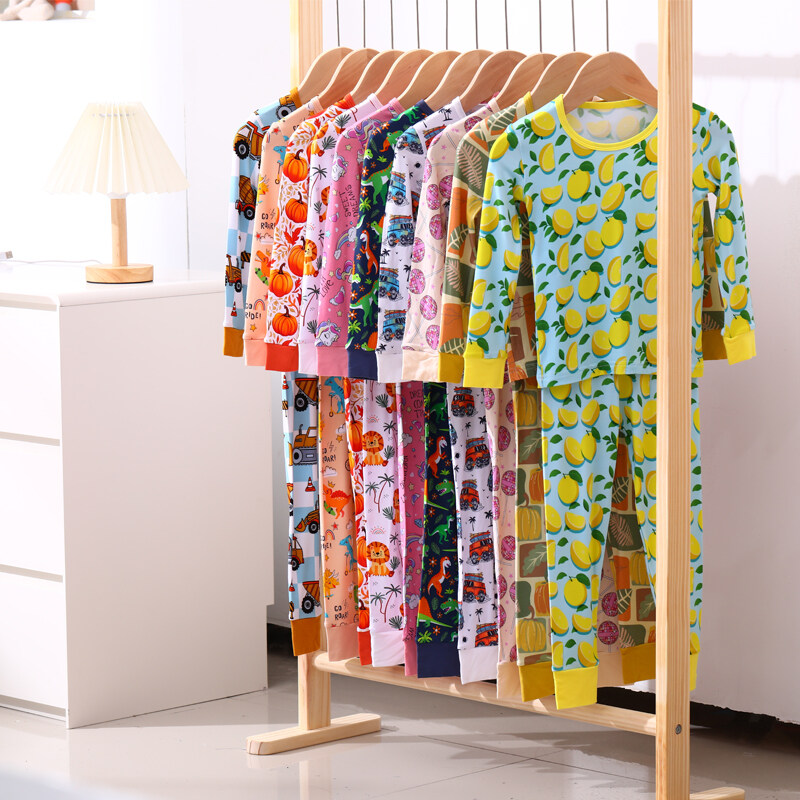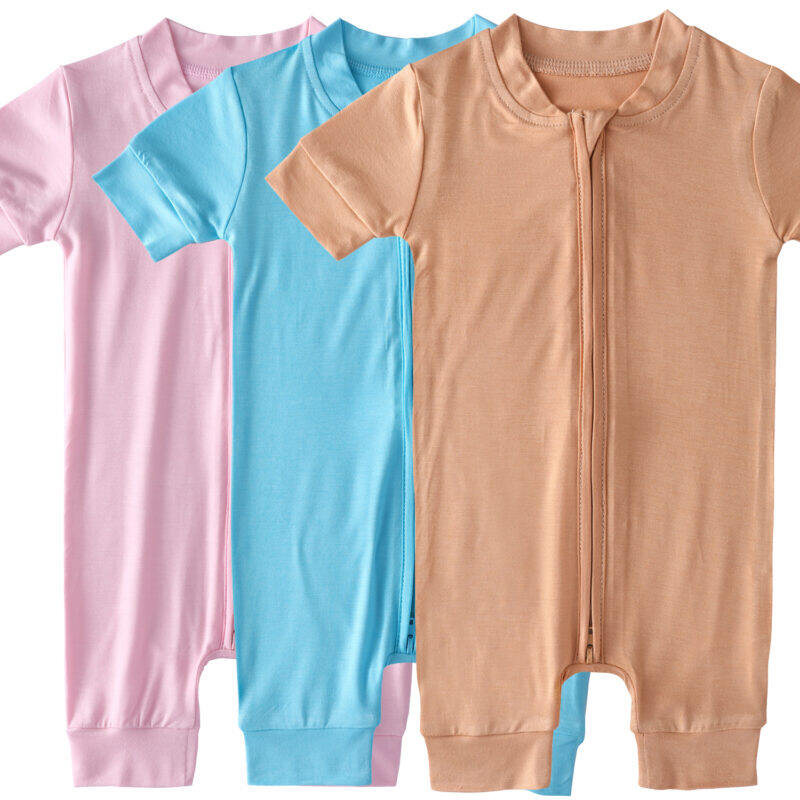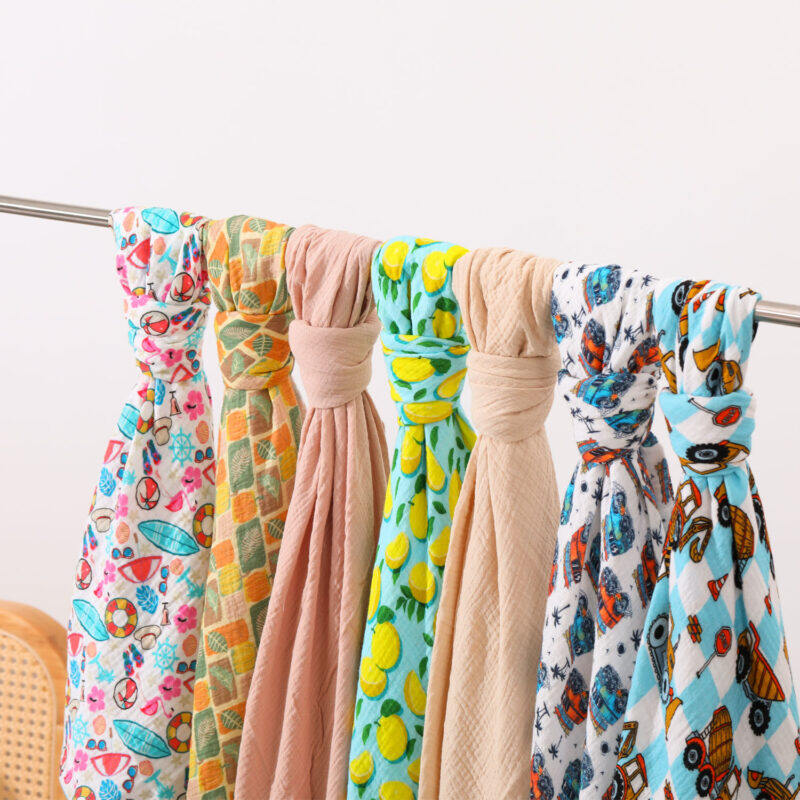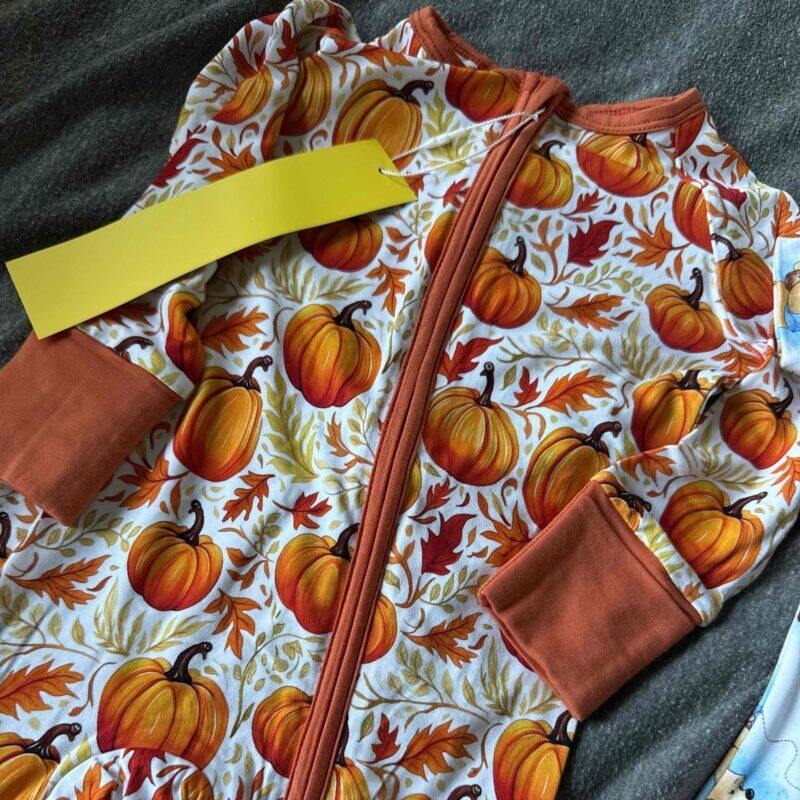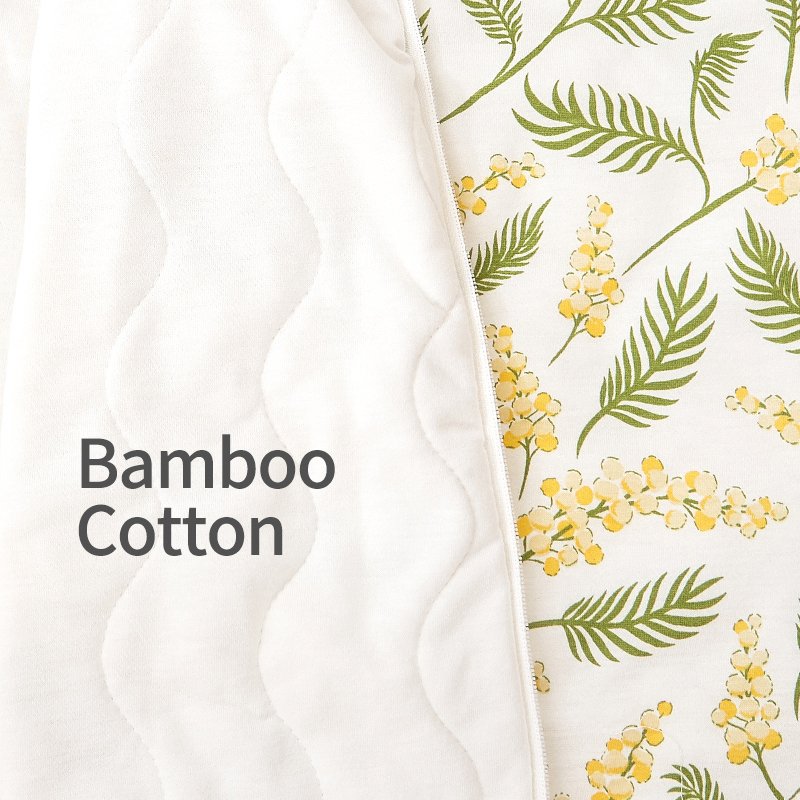What Clothes Do You Really Need for a Newborn?

Bringing home a newborn is one of the most exciting (and exhausting!) experiences in life. Between feeding, burping, napping, and endless diaper changes, your little one won’t exactly be strutting down the runway anytime soon. Still, parents often wonder: What clothes does my newborn actually need?
It’s easy to get carried away with tiny bow ties, ruffled dresses, or miniature sneakers. But in reality, those first two months are all about comfort, convenience, and practicality. The truth is—your baby will spend most of the time snuggled in your arms or sleeping peacefully. Which means: you don’t need a huge wardrobe, just the right essentials.
This guide will walk you through newborn clothing sizes, what to buy (and what to skip for now), how to create a versatile starter wardrobe, and laundry tips that will save your sanity in those early weeks.
Things to Consider Before Buying Newborn Clothes
1. Do you really need “newborn” size clothing?
Baby clothing sizes usually follow this pattern: newborn → 0–3 months → 3–6 months → 6–9 months, and so on.
- Newborn size typically fits babies between 5–8 pounds and is often outgrown within the first 3–4 weeks.
- Some babies skip straight to 0–3 month size, especially if they’re born on the bigger side.
Because growth is unpredictable, it’s best not to stock up on too many newborn-sized pieces. Instead, keep just a few on hand for those early days, and focus more on 0–3 month clothes, which last longer.
2. Will 0–3 month sizes work right away?
Yes! Many families start directly with 0–3 month clothes. The fit will be a little loose in the beginning, but your baby will grow into them quickly—usually within a month. A slightly oversized onesie is far less frustrating than a too-snug one that your baby outgrows overnight.
If you don’t mind folding up cuffs or having a roomy fit, buying mostly 0–3 months is a smart choice.
3. Comfort and practicality over fashion
During the newborn stage, babies:
- Sleep up to 16–18 hours per day.
- Need frequent diaper changes.
- Have no neck control (making it tricky to pull clothes over their heads).
Because of this, you’ll want soft, easy-to-change basics instead of complicated outfits. Think onesies, sleepers, and footies—not three-piece suits. Save the stylish pieces for photos or special events.
4. Season and climate
Always consider when and where your baby will be born.
- Summer newborns: short-sleeved bodysuits, lightweight rompers, and breathable fabrics.
- Winter newborns: long-sleeved onesies, layered sleepers, cozy pants, and hats.
- Indoor temperature: The American Academy of Pediatrics recommends a nursery temperature of 68–72°F (20–22°C). Layer clothes accordingly.
Newborn Clothes Checklist
Here’s a pared-down list of what you’ll actually use during the first two months:
6–8 Bodysuits (Onesies)
The cornerstone of a newborn wardrobe. Bodysuits come in two main styles:
- Pullover (envelope neckline): Allows you to slide the onesie down over the baby’s body instead of pulling it over the head (a lifesaver after diaper blowouts).
- Kimono-style (side snaps): No overhead dressing required—great for newborns with limited neck control.
Opt for a mix of short-sleeved and long-sleeved depending on the season. Neutral colors are versatile, but a few fun prints make baby photos even cuter.
3–4 Pairs of Pants or Leggings
Soft cotton or bamboo leggings are perfect to layer over bodysuits. Look for:
- Stretchy waistbands (nothing tight on baby’s belly).
- Easy pull-on styles for quick changes.
- Lightweight fabrics for warmer weather and thicker knits for colder seasons.
4–5 Sleepers, Pajamas, or Footies
Most babies spend a lot of time in sleepers—both day and night. Choose a combination of:
- Zippered sleepers: Super quick for middle-of-the-night changes.
- Snap sleepers: Handy when you only need to open the bottom half.
- Gowns: Loose-fitting with an elastic bottom—ideal for frequent diaper changes in the early weeks.
1–3 Special Outfits
While basics will dominate daily wear, it’s nice to have one or two special outfits ready. Perfect for:
- Coming home from the hospital.
- Family photos.
- First visits with relatives.
Tip: Add these “fun” pieces to your baby registry so you don’t have to buy them yourself.
5–6 Pairs of Socks
Baby feet get cold easily. Keep a few pairs of socks handy—though fair warning: socks love to go missing in the laundry! Many parents let babies go barefoot at home, especially in summer, but socks are essential for outings or cooler weather.
2–3 Hats
A soft cotton beanie helps keep your newborn warm and cozy in the first few weeks. Just remember: remove hats for sleep, since they can become a hazard in the crib.
Building a Versatile Wardrobe: Mix and Match
The smartest way to shop is by choosing clothes that can be easily mixed and matched. Think capsule wardrobe—but for your baby!
- Neutral bodysuits (6–8): Pair with any pants or leggings.
- Leggings (3–4): Go for solid colors so they match everything.
- Sleepers (4–5): Some with zippers, some with snaps, and one or two gowns.
- Accessories (hats + socks): Rotate colors and patterns for variety.
This way, you’ll get the most mileage out of just a few pieces without needing an overflowing dresser.
Laundry Tips for Newborn Clothes
With a newborn, laundry piles up fast. Here’s how to keep those tiny outfits clean and soft:
- Wash before first wear – New clothes may carry residues from manufacturing or shipping.
- Choose gentle detergent – Opt for unscented, hypoallergenic formulas that protect sensitive skin.
- Skip fabric softener – It can irritate delicate skin and reduce fabric absorbency.
- Use mesh laundry bags – Perfect for socks, mittens, and small items that easily disappear.
- Do smaller loads, more often – It keeps things manageable and avoids overwhelming folding sessions.
- Check for safety – Trim any loose threads, remove tags that feel scratchy, and check snaps/zippers for security.
- Air dry when possible – This helps prevent shrinkage and keeps fabrics softer. If using a dryer, choose a low-heat delicate setting.
Pro Tip: Always keep a reliable stain remover on hand—blowouts, spit-up, and milk dribbles are part of daily life. Treat stains quickly to save those precious little clothes.
Recap: The Essential Newborn Wardrobe
To keep things simple, here’s your first 8-week starter kit:
- 6–8 bodysuits (short and long sleeve)
- 3–4 pairs of pants/leggings
- 4–5 sleepers/pajamas/footies
- 1–3 special outfits
- 5–6 pairs of socks
- 2–3 hats
With these basics, you’ll have everything you need to keep your baby comfortable, cozy, and easy to change—without overspending on outfits they’ll outgrow in a flash.
Final Thoughts
When it comes to newborn clothing, less truly is more. Babies grow so quickly that investing in dozens of outfits isn’t necessary. Instead, focus on comfortable, practical, easy-to-layer basics that make diaper changes simple and laundry manageable.
Remember, those early weeks are about bonding with your baby—not stressing over clothing. Stock your dresser with the essentials, keep laundry running smoothly, and enjoy the snuggles while they last.
Because in no time at all, your little newborn will be ready for the next size up—and you’ll wonder how they ever fit into those tiny clothes in the first place.

